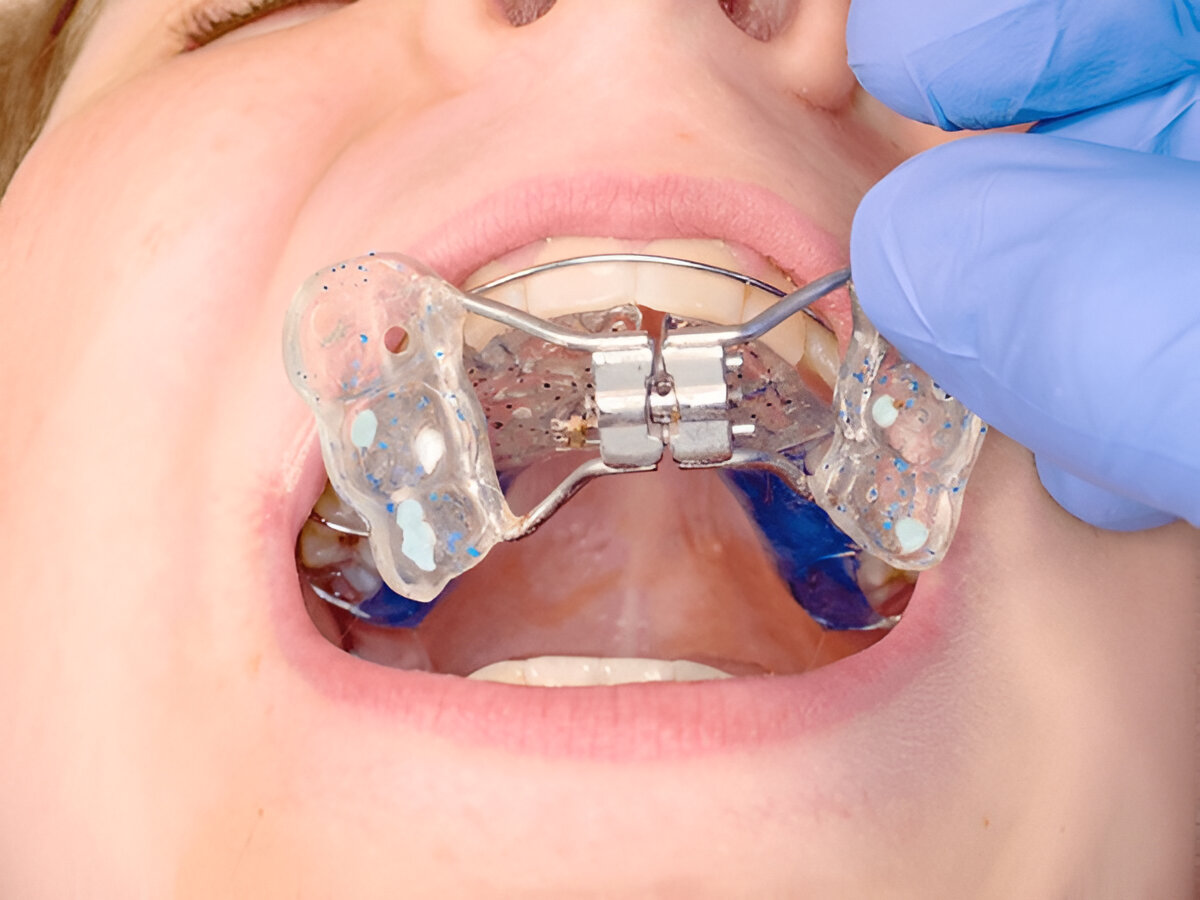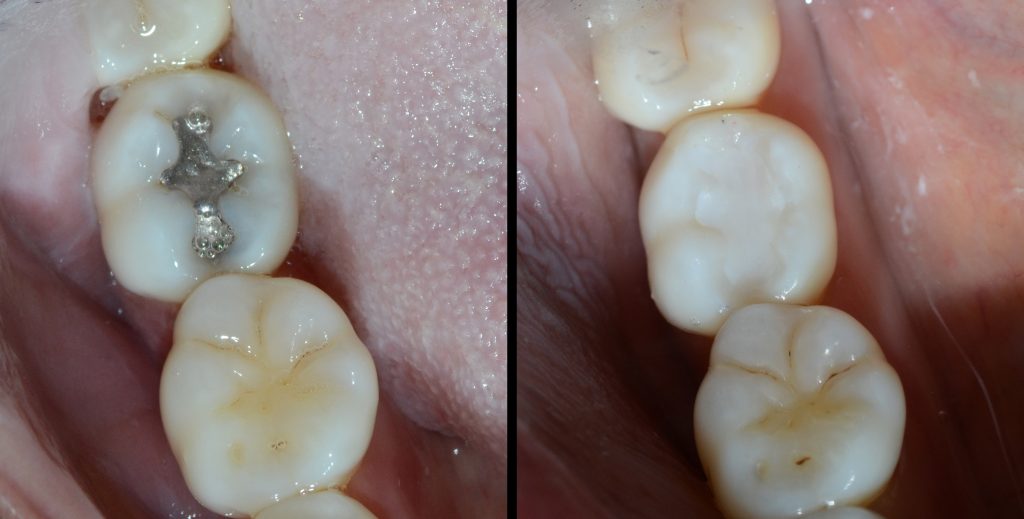Infection Transmission and Infection Control in Dentistry
Lessons from Outbreaks and What They Teach Us About the Future

For most patients, a dental visit feels routine: a cleaning, a filling, maybe a crown. What they don’t see is that every appointment carries the potential for infection transmission — unless infection control is followed with precision.
History has shown that when infection control in dentistry breaks down, the results can be catastrophic. Outbreaks traced to dental clinics have led to patient harm, public fear, and lasting damage to professional reputations.
But those same incidents have also driven progress. Every outbreak has taught the dental industry something new — shaping today’s infection control protocols and preparing us for tomorrow’s risks.
This blog looks at key lessons from past outbreaks, the pathogens involved, and how clinics can use these lessons to build a safer, smarter future.
Why Outbreaks in Dentistry Matter
Unlike hospitals, dental clinics aren’t usually thought of as high-risk environments. Yet they bring unique challenges:
-
High volume of patients in confined spaces.
-
Aerosol-generating procedures (handpieces, ultrasonic scalers).
-
Constant exposure to blood and saliva.
-
Close patient contact (dentists work inches from oral tissues).
Outbreaks in dental settings may be rare, but when they happen, they undermine public trust in the entire profession.
Case Study 1: Hepatitis Transmission Through Improper Sterilization
In the late 20th century, multiple documented cases linked Hepatitis B outbreaks to dental practices. Investigations revealed:
-
Instruments weren’t consistently autoclaved.
-
Staff sometimes reused burs or handpieces without proper sterilization.
-
Gloves were not changed between patients.
Lesson learned:
Sterilization must be verifiable and consistent. This drove the introduction of biological monitoring (spore tests) and reinforced the role of OSHA and CDC in setting enforceable standards.
Case Study 2: Bacterial Outbreaks from Dental Waterlines
Several outbreaks, including a high-profile one in California (2016), traced back to contaminated dental unit waterlines. Children developed serious infections after being exposed during pulpotomies.
-
Biofilm had built up inside waterlines.
-
Routine flushing wasn’t performed.
-
Waterline treatment protocols were either absent or ignored.
Lesson learned:
-
Dental waterlines must be flushed daily and treated with antimicrobial agents.
-
Waterline testing protocols became more widespread.
-
Patient safety now includes the quality of water used in procedures.
Case Study 3: COVID-19 and the Aerosol Awakening
The COVID-19 pandemic wasn’t tied to dental clinic outbreaks specifically, but it highlighted how vulnerable dentistry was to airborne pathogens.
-
High-risk perception: Early in the pandemic, dentistry was classified among the most dangerous professions due to aerosol exposure.
-
Clinic closures: Many practices shut down until protocols could be reassessed.
-
New norms: N95 masks, HEPA filters, and extraoral suction units became standard.
Lesson learned:
Infection control isn’t static — new pathogens will emerge. The profession must stay agile and ready to adopt new protective technologies.
What Outbreaks Teach Us About Infection Control
Each outbreak reinforces a simple truth: infection control in dentistry is never optional, and it’s never finished.
Core Lessons:
-
Verification is essential. Sterilizers must be monitored and logged.
-
Environmental factors matter. Waterlines, air quality, and surfaces are all vectors.
-
Staff culture counts. Lapses often come from rushing or ignoring protocols.
-
Patients are watching. Visible safety measures build trust.
The Dual Stakes: Health and Reputation
When infection control fails:
-
Patients suffer. Outbreaks can lead to life-threatening illnesses.
-
Staff are exposed. Needlestick injuries or aerosol exposure endanger workers.
-
Reputation collapses. Even a single incident can cause patients to leave permanently.
-
Regulators respond. Lawsuits, fines, and license suspensions often follow.
One outbreak can undo decades of trust. Prevention is always cheaper — and safer — than damage control.
Building the Future of Infection Control
To prevent history from repeating itself, clinics must not only follow today’s standards but also look ahead.
The Future Includes:
-
Smart sterilizers that log every cycle and alert staff to errors.
-
AI compliance tools that track hand hygiene, barrier changes, and PPE usage.
-
Air sensors that monitor aerosol density in real time.
-
Green products that balance safety with sustainability.
-
Patient-facing transparency, like displaying sterilization logs or air quality data in waiting rooms.
The future of infection control is smarter, greener, and more visible.
Turning Lessons into Practice
Supplies are the backbone of infection control. Without gloves, masks, disinfectants, sterilization pouches, and sharps containers, protocols collapse.
How Safco Dental Supply supports clinics:
-
Prevents lapses: Reliable access to PPE and disinfectants reduces the temptation to cut corners.
-
Supports verification: Sterilization pouches with indicators make sterilization visible and trustworthy.
-
Addresses modern risks: From nitrile gloves to eco-friendly wipes, Safco evolves alongside protocols.
Every outbreak in history points to the same truth: infection control depends on supplies. Safco ensures those supplies never run out.
Conclusion
The history of outbreaks in dental clinics shows that infection control is fragile — one skipped step, one forgotten flush, one broken sterilizer can change everything. But it also shows how the profession adapts, learns, and grows stronger.
Dental infection control today is a product of hard lessons from the past. The future will demand even more vigilance, innovation, and transparency.
With partners like Safco Dental Supply, dental teams are equipped not just to meet current standards, but to stay ahead of emerging risks. Because infection control isn’t just about avoiding outbreaks — it’s about protecting lives, reputations, and the trust that keeps dentistry thriving.







